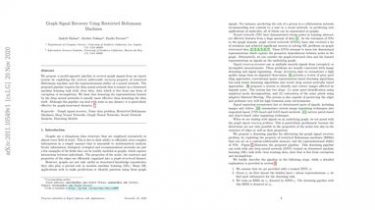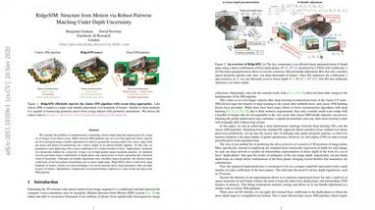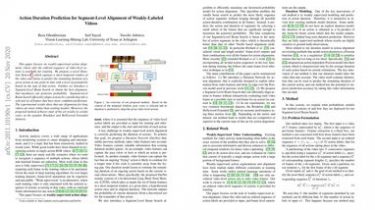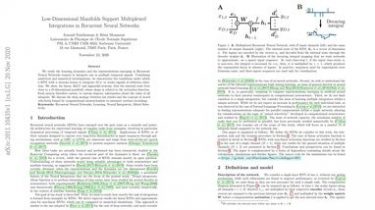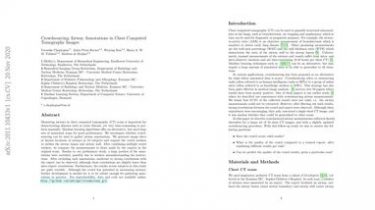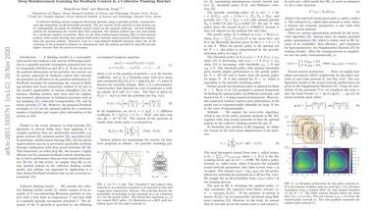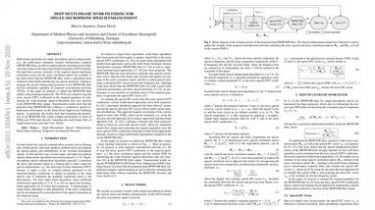How to Change Plot Background in Matplotlib
Introduction Matplotlib is one of the most widely used data visualization libraries in Python. From simple to complex visualizations, it’s the go-to library for most. In this tutorial, we’ll take a look at how to change the background of a plot in Matplotlib. Importing Data and Libraries Let’s import the required libraries first. We’ll obviously need Matplotlib, and we’ll use Pandas to read the data: import matplotlib.pyplot as plt import pandas as pd Specifically, we’ll be using the Seattle Weather […]
Read more
